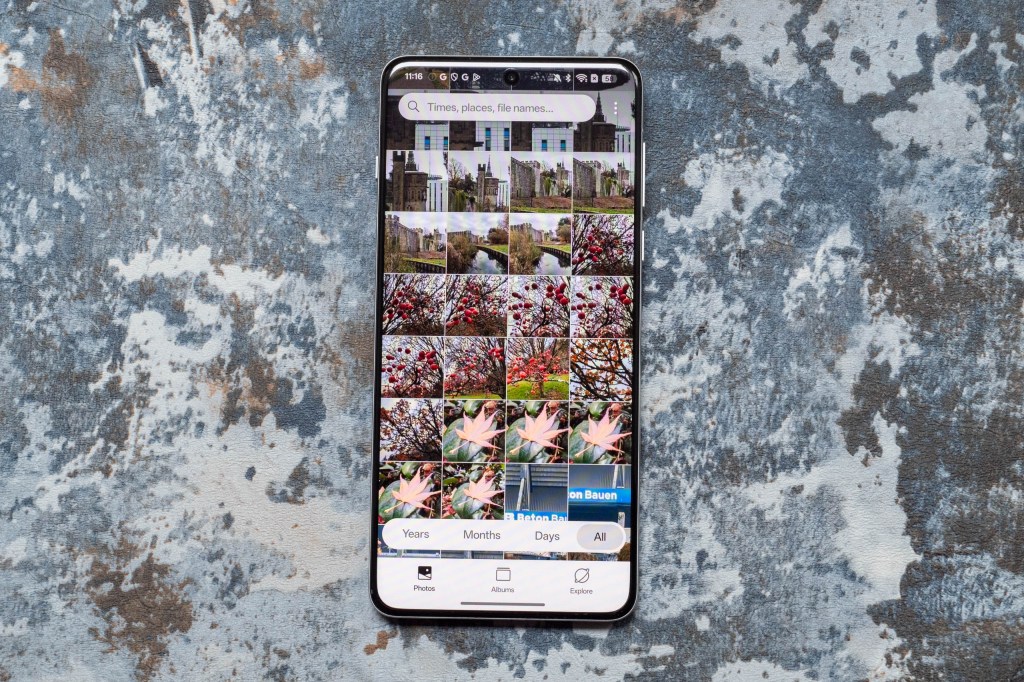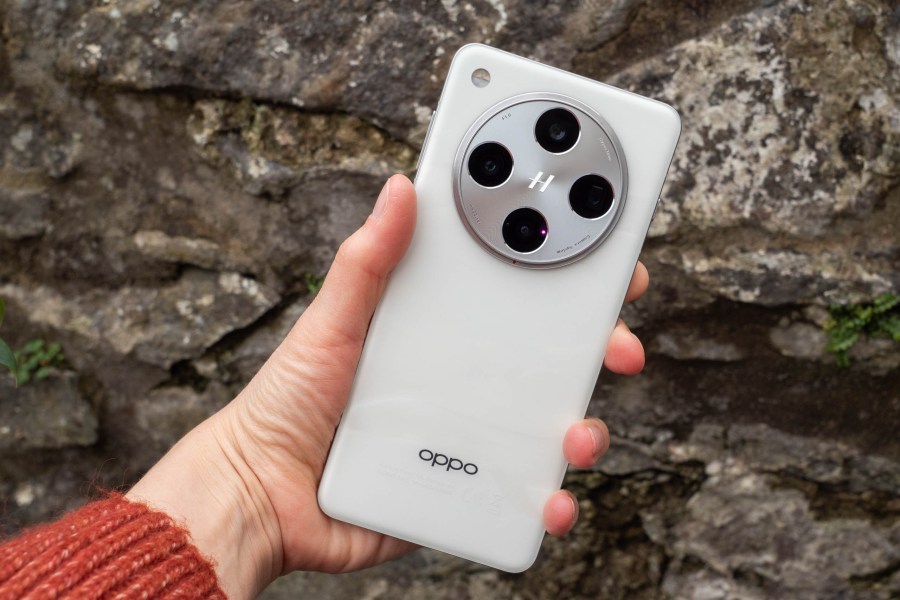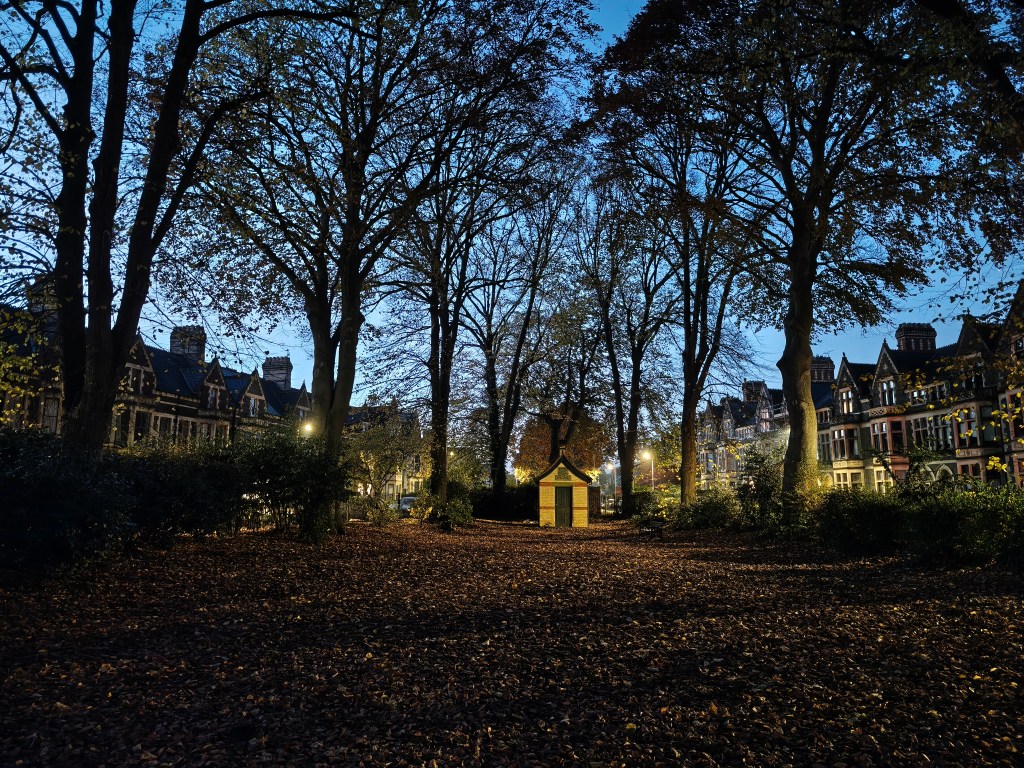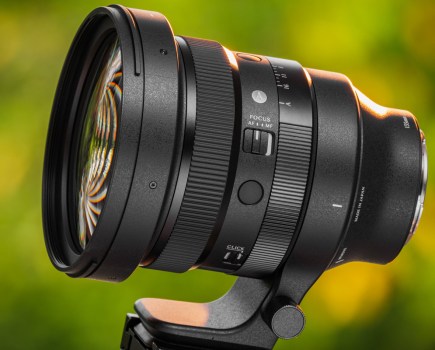Amateur Photographer verdict
While a good performer overall, it’s a huge shame that Oppo has made the decision to remove the one-inch sensor and replace it with an additional zoom lens.- 4x high resolution sensors
- Hasselblad partnership
- Lovely colours
- High price
- No one-inch sensor anymore
- Selfie camera lacks AF
Oppo Find X8 Pro at a glance
- 50MP f/1.6 main camera, 23mm equiv. OIS
- 50MP f/2.0 ultra wide camera, 15mm equiv.
- 50MP f/2.6 telephoto, 73mm equiv. OIS
- 50MP f/4.3 “ultra telephoto”, 135mm equiv. OIS
- 32MP f/2.4 selfie camera (no AF)
- 4k video recording, 30/60fps
- 6.78-inch FHD+ (2780 x 1264 pixels), 120Hz, 4500 nits peak brightness AMOLED, Corning Gorilla Glass 7i
- 5770mAh battery with 80W fast charging, up to 50W wireless charging
- MediaTek Dimensity 9400 processor
- Android 15
For the last few years, Oppo has been responsible for creating some of the best smartphones for photographers on the market – however, they haven’t always all been available around the globe.

For example, the Oppo Find X6 Pro was easily one of the best smartphones of 2023, but only being available in China was a real shame for anyone anywhere else.
Fortunately, this time around, the Find X8 Pro has been granted a wider release, including in the UK and Europe. Sadly, it doesn’t seem to be widely available for sale in the US – though you can import it via the likes of eBay and so on.
Features
Oppo has once again teamed up with Hasselblad for the Find X8 Pro, but there has been some changes to the camera set up compared to the Find X6 Pro.
You now get four lenses, instead of three, however, the main sensor in the previous model was a large one-inch type, whereas now, it’s a more conventional 1/1.4” sensor.

All four of the sensors are 50MP resolution. Alongside the standard (23mm equivalent) lens, there’s also a 15mm ultrawide and two zoom lens (73mm and 135mm). Personally I’d have preferred to keep the larger sensor and lose the extra lens, but we’ll see how they perform a bit later on.
The selfie camera is a high-resolution 32MP, but unlike its predecessor, it now no longer has AF, which again is a shame.
Both of the zoom lenses are periscope type, making it the first “globally available” smartphone to have dual periscopes. Oppo claims that using this design allows them to fit high-performing zoom lenses on top of excellent sensors, but again, I’ll evaluate that a bit more closely in time. There’s also an “AI Telescope Zoom”, which uses AI to enhance digital zooming – it automatically kicks in when working at 10x or above and promises sharper images than its rival.

Other useful photography specs here include “Lightning Snap”, where 7fps shooting is activated if you hold down the shutter button, Hasselblad portrait mode, which gives you the option to recreate the look of six different Hasselblad lenses, and 4K video recording.
Looking elsewhere on the specs sheet, we’ve got up to 80W super fast charging, up to 50W wireless charging (you’ll need compatible chargers, sold separately), IP69 waterproofing and a 4500-nits peak brightness display.
Handling and Design
With its 6.78” screen, the Oppo Find X8 Pro is pretty similar to other smartphones in this sector. You might find it a little on the large side if you’ve small hands, but it’s pretty par for the course these days. It’s smaller than some of the very largest flagships out there, such as the Samsung Galaxy S24 Ultra and the iPhone 16 Pro Max.
It’s slightly lower in resolution than its predecessor, but it has a higher max brightness, so photos and videos continue to look great on the screen.
In terms of outward design, it’s got sleekly rounded corners and a smooth finish to the back. I’ve been using the Pearl White version, which looks very nice and doesn’t leave you with fingerprints or a smudged back. Additionally, apparently no two of the Pearl White phones look the same, so that’s a quirky feature.

Perhaps more importantly, the phone has “Oppo Armour Shield” which is designed to keep the phone safe from damaged. It goes beyond the pretty standard IP68, giving you IP69 waterproofing, meaning not only is it waterproof but it can apparently also withstand jets of 80 degree water being sprayed at it. This isn’t something I’ve tested it for, but, I can say it’s survived normal wet use.
The screen also seems to have withstood scratches perfectly well, too. One thing to note here is that it’s a curved display, which seems to have fallen mostly out of favour with other manufacturers. Oppo calls this “Infinite View Display”, pointing out the sides are only “slightly” curved, so as not to affect on screen content that delivers the “best of both worlds.” It seems to work well, but if you’re insistent on the completely flat displays of Samsung, Google et al, then you’ll be out of luck here.
You can double tap either of the volume control buttons to quickly launch the camera when the screen is off. This is handy when you quickly want to grab an unfolding moment. Note however, that if you have the screen unlocked but you’re in a different app, then it won’t work. You can also use the volume button to fire off the shutter, or if you prefer you can change this to control zoom instead.
An interesting new feature is the “Quick Launch” button, which doesn’t feel like a button at all, as it’s flush to the side of the phone body and uses haptic touch to work. With this, you can double tap it to open the camera from wherever you are in the phone, and you can also tap it to take photos or videos. You can also slide your finger along it to control the zoom – making it a little bit like the iPhone’s Camera Control button.
The difference here is that there’s no “protection” to stop you from accidentally touching it, so when you’re first getting to know the camera/phone, it’s very easy to accidentally zoom in and out when you didn’t mean to. It’s something you do get used to eventually – and note that it only works in landscape orientation anyway. You can also switch it off if you find you’re doing it far too often.
Native camera app
There’s lots of different shooting modes to choose from with the Find X8 Pro, so it’s worth spending a decent amount of time getting to know it, especially if you’ve not used an Oppo before.
The default shooting mode is “Photo”, where you can access all four of the phones native lenses, as well as the digital and AI zoom options. You’ll also notice if you tap on the word Photo, you’ll be able to choose one of the “Smart Scenes”, which you can use if you’re photographing a concert, a silhouette or some fireworks.

If you tap the 1x lens, you can also access 28mm (1.2x) and 35mm (1.4x) options – similar to what we’ve seen on the iPhone 16 Pro Max. Here however you can also tap on the 3x lens, and also access 85mm (3.5x), or tap on 6x and access 300mm (13.3x) or 600mm (26.6x). If you want to zoom further than this, you can pinch on the screen to reach up to 120x.
In this mode, you can also access a range of digital filters, including some which are designed to emulate film stock from Hasselblad. You can also alter exposure compensation, switch on or off Auto HDR, change the aspect ratio and more besides. A set of extra settings can be adjusted by tapping an icon at the top of the screen, including changing shooting formats and so on.
For macro work, you can either bring the lens closer to a subject and a macro mode will automatically activate, or you can swipe down from the top of the screen and select “macro shot”, at which point telephoto macro will activate. Similarly, if you find yourself in low light, night mode will automatically switch on, but there is also a separate night mode which you can find under the “More” tab.
The new “Lightning Snap” is activated by simply holding down the shutter button. These will then be grouped together when you come to look at them in playback, so you can choose the best moment.

If you head into “Master” mode, then here’s where you’ll find the ability to adjust settings such as ISO, white balance and shutter speed. You can also shoot in raw format, should you wish to.
The Portrait mode is designed to recreate the look of six different Hasselblad lenses. You can choose between 1x (23mm), 1.4x (35mm), 2x (48mm), 3x (73mm), 3.5x (85mm) and 6x (135mm). Oppo claims that this is the first “globally available” smartphone to include a 135mm option in its portrait mode – it’s true that most others on the market top out at 5x (120-125mm) – it’s not a huge difference as such, but it’s a nice thing to add into the marketing.
Other photographic modes of note include the XPan option, which my colleague is a big fan of, Hi-Res and Long Exposure.
There are of course a number of video options too, at a variety of frame rates and resolutions, as well as an “Ultra Steady” option and mode which is optimised for recording concerts.
Image Quality and Performance
While the Oppo Find X8 Pro delivers very good results across a range of scenarios, I’m disappointed by the decision to remove the one-inch sensor that was found on the X6 Pro.
In essence, it’s reduced the overall image quality from excellent down to simply very good. There may be some people who are more interested in the additional zoom, but I would wager that most would prefer excellent performance from the main sensor instead.
Now, that’s not to say that there isn’t lots to like. Colours are vibrant without being oversaturated and unrealistic – something which happens a lot elsewhere, and details are also pretty good. We see the best results in good light, and generally I’m happy with what we get here – it’s certainly comparable to many other flagships on the market, but it still seems a shame to not have the best possible image quality available if you can.
When it comes to the zoom options, as we’d expect, we see the best results from the 1x lens, with good results also coming from the 2x crop which uses the 1x sensor. The ultrawide lens performs well in good light, and the 3x lens is also a good performer. Things are less impressive with the 6x lens, with some noticeable loss of detail – however when looking at files at a small size on your phone screen, they still appear to be very good. It’s great that the colours between all four of the lenses appear to be well-matched, too.
Going beyond this, we’re entering into “AI Zoom” territory. At 10x, the results are still pretty good and clear – and again, so long as you’re looking at fairly small sizes, they’re usable enough. The maximum reach of 120x is best avoided however, as details are completely smudgy – this is another case of marketing, rather than a setting anybody is realistically expected to use.
In low light, the Find X8 Pro performs reasonably well, but, thanks to the smaller sensor size, it’s not as good as the Find X6 Pro. We get the best results still from the 1x sensor, with a reasonable performance from the ultrawide, too. By the time the 3x lens is engaged, results are much less impressive, with noticeable loss of detail. The 6x lens I would avoid using in low light situations altogether.

As mentioned, there are two options for macro. The one where you simply get close to the subject works well enough, but you will see better results by engaging the telephoto macro option. Here, the results are pretty good – again especially at small sizes. You can see some smudging if you look closely enough, but the overall effect is quite good.

Portrait mode works quite well. I’m not sure I’d go so far as to say that it perfectly emulates shooting with a Hasselblad – come on, of course it doesn’t, but it’s good to have the different focal length options. The background blurring is reasonably convincing too, and it even copes fairly well with fussy outlines such as hair.

Oppo has taken away AF from the selfie lens, but it still produces perfectly serviceable results, especially in good light.
Value for Money
There’s no real getting around the fact that this is an expensive phone – especially for one from one of the less well known brands.
That said, what you get for your money arguably exceeds what you see from other high-end expensive flagship. For example, the Oppo Find X8 Pro might be about the same price as iPhone 16 Pro Max, but with the latter you only get three lenses.
One of the other major big names offering four lenses – the Samsung Galaxy S24 Ultra – also offers four lenses, but it costs significantly more than the Oppo Find X8 Pro.
So, while it is expensive, the fact that you get four lenses plus a range of other appealing features perhaps makes it reasonably good value for money.
As always, it’s worth remembering that when it comes to resale, it’s probably fair to say that the Oppo will hold its value less well than an iPhone or a Samsung, so that is also worth considering too.
Verdict
I was excited when I heard the Oppo Find X8 Pro was getting a wider release than the Find X6 Pro, as that phone was one of my favourites of the last couple of years.
However, while the Find X8 Pro is excellent, the decision to go with four lenses rather than keep the large sensor for the main lens is a disappointing one for me. It keeps the Find X8 Pro back from greatness, which is a shame. In essence I’ve been spoiled by seeing what is possible, and I don’t want to go back now.

Overall, it’s a very well performing device, but it’s reasonably similar to others of its type. The four lenses are all good, but the second of the zoom lenses isn’t amazing, and therefore doesn’t make up for reducing image quality elsewhere – yes I’m complaining about the one-inch sensor being missing, again.
That said, there is still plenty to like here. Image quality is probably about on a par with something like the Samsung Galaxy S24 Ultra – but with nicer, less overly vibrant colours – and there’s an excellent macro mode. It also performs similarly to the Google Pixel 8 Pro, but again, with a better macro performance and the additional lens does have its uses every now and then.
It’s quite an expensive phone, especially for a Chinese brand, but it offers good value for money when compared with other flagships on the market.
I hope for the next iteration of the Find series, Oppo makes the decision to bring back the one-inch sensor. For now, for me, it still doesn’t unseat the Xiaomi 14 Ultra, but it should still sit quite happily on our list of the best smartphones for photographers.





















